Solhyang Myeongpum Shop [Tax Refund Shop] (솔향명품SHOP)
18.0Km 2024-04-22
24, Yulgok-ro 3139beon-gil, Gangneung-si, Gangwon-do
-
Ojukheon Evening Performance (오죽헌야간상설공연 오죽헌풍류야)
18.0Km 2024-07-25
24 Yulgok-ro 3139beon-gil, Gangneung-si, Gangwon-do
+82-33-650-2145
The Ojukheon Evening Program is a special event taking place every Friday and Saturday evening from mid-July to late August. Visitors can enjoy the classic, beautiful sounds of traditional Korean music in an equally inspiring location.
Gyeongpoho Lake (경포호(철새도래지))
18.0Km 2023-10-16
365, Gyeongpo-ro, Gangneung-si, Gangwon-do
+82-33-640-5119
Gyeongpoho Lake is a popular attraction, with beautiful natural scenery and many cultural relics nearby. The view of the moon reflecting off the lake from Gyeongpodae Pavilion is especially stunning. The 1,256,204 m² naturally formed lake is connected to the ocean, and is famous as a destination site for migratory birds in winter. There are also many fish in the lake, but the lake has been designated as a nature protection site and fishing is prohibited.
Gyeongpodae Pavilion (강릉 경포대)
18.0Km 2025-01-16
365 Gyeongpo-ro, Gangneung-si, Gangwon-do
Gyeongpodae Pavilion, located on a small hill north of Gyeongpoho Lake, is one of the eight scenic sites of Gwangdong (northeastern coast). The pavilion was originally built in another location in 1326 but was moved to its current location in 1508. The pavilion shape and design changed over time before settling on the current design. The pavilion has five pillars in the front and on the side, with a gabled roof line, a common design in Korean architecture.
The inside of Gyeongpodae Pavilion is decorated with calligraphy and poems written by many famous scholars of the Joseon dynasty, including both King Sukjong and Yulgok Yi I. The pavilion is surrounded by a pine tree forest, and is famous for its view of the moon reflecting off the waters of the lake below, which gave the pavilion its name. The area around the pavilion was designated as a provincial park in 1981.
Seongyojang House [Korea Quality] (강릉선교장 [한국관광 품질인증])
18.0Km 2024-02-26
63 Unjeong-gil, Gangneung-si, Gangwon-do
+82-33-646-3270
Seongyojang House, an 18th-century Korean nobleman's residence, is situated adjacent to Gyeongpoho Lake—hence its name "Seongyo", denoting "crossing by boat" ("seon" for "boat" and "gyo" for "cross" in Korean). The site preserves numerous artifacts, hosts a museum, and features a traditional Korean garden and pond. Visitors have the opportunity to immerse themselves in traditional Korean culture and stay in a hanok.
Eommason Makguksu (엄마손막국수)
18.1Km 2021-03-25
40, Unjeong-gil, Gangneung-si, Gangwon-do
+82-10-2604-9101
Makguksu is made of hand-kneaded 100% buckwheat. This Korean dishes restaurant is located in Gangneung-si, Gangwon-do. The representative menu is buckwheat noodles.
Ojukheon House (강릉 오죽헌)
18.1Km 2024-05-24
24 Yulgok-ro 3139beon-gil, Gangneung-si, Gangwon-do
+82-33-660-3301
Ojukheon House was where Yi I (penname Yulgok; scholar and politician of the Joseon Period) was born. It was built during the early Joseon dynasty and was designated as a Treasure in 1963 for its historical value.
Inside the house is Mongryongsil, where Yi I was born. The household complex also features the household shrine (Munseongsa), the sarangchae (men's quarters), Eojaegak Pavilion, Yulgok Memorial Hall, and Gangneung Municipal Museum. Since 1961, the city of Gangneung has held a memorial ceremony at Yulgok Memorial Hall from October 25 to 26.
Seongyojang House (강릉 선교장)
18.1Km 2021-11-12
63, Unjeong-gil, Gangneung-si, Gangwon-do
+82-33-648-5303
Seongyojang House is the former upper class residence of Lee Nae-beon (1703-1781) and his family in Gangneung, Gangwon-do. It was designated as a National Folklore Cultural Heritage in 1967. The one-syllable word "Seon" in Seongyojang means boat. Gyeongpo Lake was right in front of Seongyojang House at the time it was built, thus making is accessible by boat.
Seongyojang House has all the features of a typical upper class residence during the Joseon period. The complex even has a large pond with a pavilion named Hwallaejeong Pavilion. While the building still blends beautifully with the surrounding nature, Seongyojang House has been well-preserved and is considered a valuable resource in the historical research of living conditions of upper class households during the Joseon dynasty.
Donganjae (동해한옥 동안재)
18.1Km 2024-12-19
74-2 , Cheongok 1-gil, Donghae-si, Gangwon-do
+82-33-531-3003, +82-10-2974-3007
Donganjae is a hanok-style pension built of pinewood and red clay and located in Donghae-si, Gangwon-do. All rooms are ondol-heated and equipped with a shower booth and bidet, and offer scenic views from the numaru floor. The hanok uses geothermal heating (from 150 metres underground) which makes the rooms warm and cozy. Residents can bathe their feet in the fountain in the middle of the yard, and enjoy a morning walk on the pine tree trail behind the house. Donganjae is conveniently located a 10-minute walk from the Donghae City Bus Terminal.
Ojukheon House & Municipal Museum (강릉시 오죽헌/시립박물관)
18.1Km 2022-12-26
24, Yulgok-ro 3139beon-gil, Gangneung-si, Gangwon-do
+82-33-640-3301
Ojukheon House, a Treasure, is an important house which shows the lifestyle and architectual style of the early Joseon dynasty. It is one of the oldest preserved Korean houses. Yulgok Yi-I, one of Korea's most noted scholars, was born here to Sin Saimdang. In rememberance of his birth, the Yulgok Festival is held annually at Ojukheon. There are many traditional materials and regional remains which are displayed in the private museum. A painting of Yulgok is hanging in Munseongsa (the ancestral shrine of Yulgok). More artwork by the Yulgok family are on display in the Yulgok Memorial Hall. In addition, various Buddhist artwork, ceramics, pictures and common living appliances are on display in the Folk Tradition Hall, History Culture Hall, and the outdoor exhibition area.

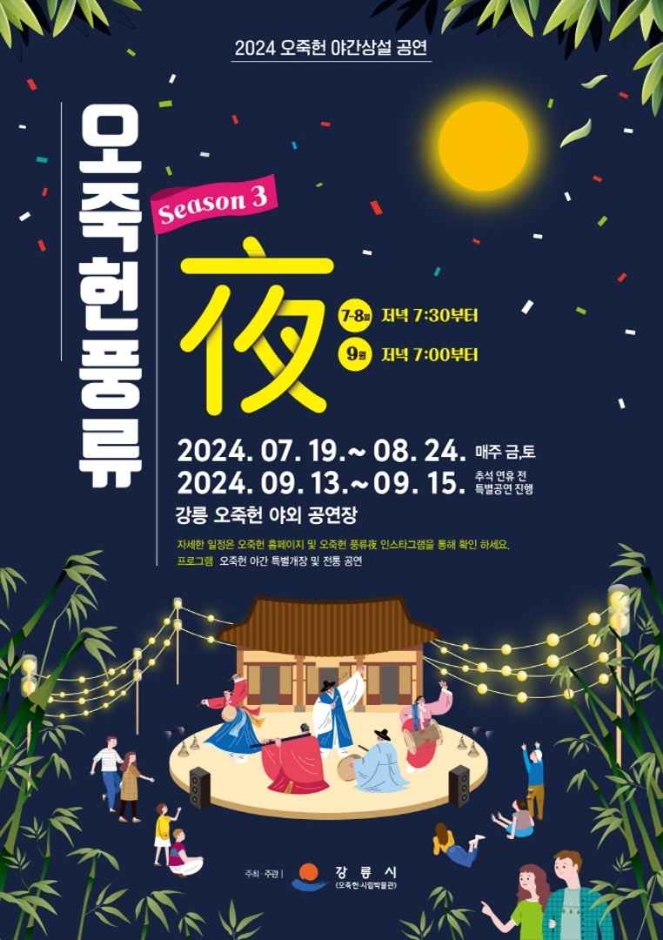

![Seongyojang House [Korea Quality] (강릉선교장 [한국관광 품질인증])](http://tong.visitkorea.or.kr/cms/resource/23/2578923_image2_1.jpg)
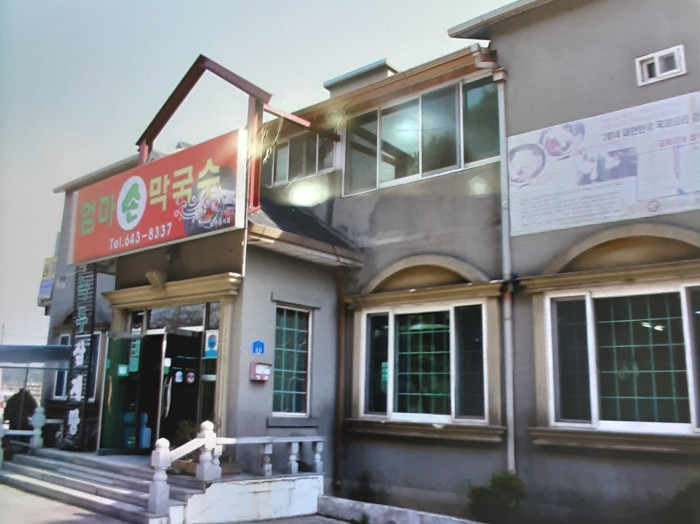
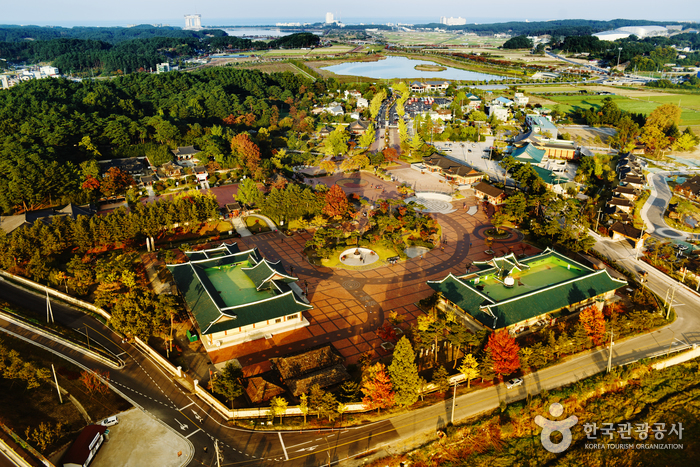
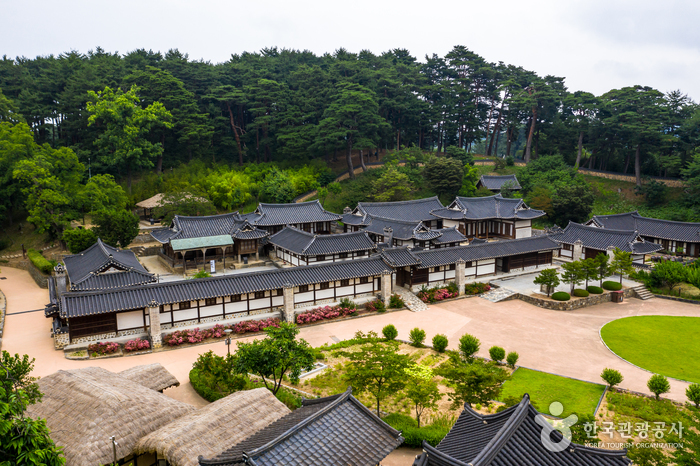
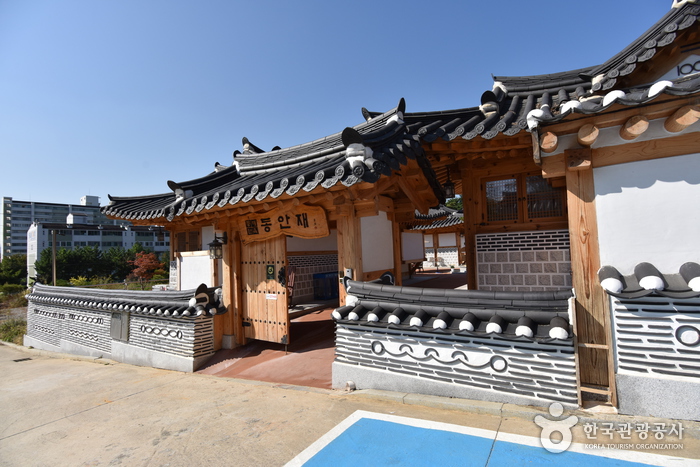
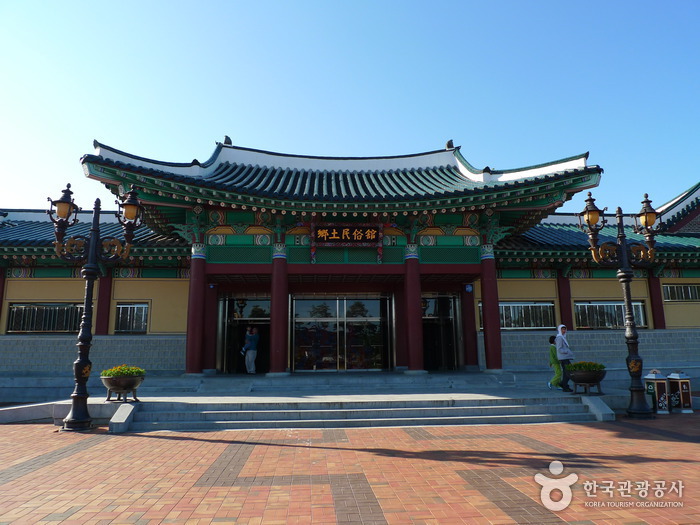
 English
English
 한국어
한국어 日本語
日本語 中文(简体)
中文(简体) Deutsch
Deutsch Français
Français Español
Español Русский
Русский